Last-Minute NYC Holiday Gift Guide 🎁
We’ve created a holiday gift guide with presents for the intrepid New Yorker that should arrive just in time—


The 1939 World’s Fair was a hopeful moment amidst of sea of international political turmoil, just before the start of World War II. Its theme, “Building the World of Tomorrow,” encapsulated the scale and scope of what the organizers intended. It was the largest of any international fair that came before it, measured in terms of visitors, size, cost, and other factors, and featured the participation of not only countries (60 of them) but also international corporations like General Motors, Wonder Bread, IBM and more.
The remnants of the 1964 World’s Fair in Flushing Meadows-Corona Park are readily apparent, but those from the 1939 World’s Fair require quite a bit more digging. From 1964, the most notable holdouts include Philip Johnson’s New York State Pavilion (the subject of much controversy and rehabilitation efforts), the Unisphere, various buildings like the the space-age looking building, Terrace on the Park, and numerous sculptures.
Here are ten remnants from the 1939 World’s Fair, uncovered and researched on request by one of Untapped Cities’ readers!
Plus, join us on our next Tour of the Remnants of the World’s Fairs at Flushing Meadows-Corona Park to see relics of both fairs for yourself!
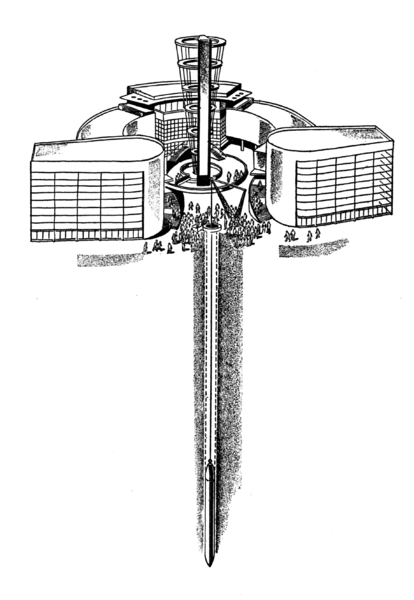
Burial schematic from the record of Westinghouse Time Capsule I. mage from Wikimedia Commons.
Marked only by a marble disc in Flushing Meadows-Corona Park, an 800-pound tube was buried in 1939 and still sits fifty feet under the ground. The time capsule was ceremoniously lowered at the Westinghouse Electric & Manufacturing Company exhibit at the 1939-40 New York World’s Fair, slated to be opened 5000 years from its burial date – year 6939. There were 35 items inside, selected to represent life in the era, including a Sears Roebuck catalog, Life magazine, a newsreel, and other every day items. Reflecting the interest in agriculture (there was a whole food part of the 1939 World’s Fair), numerous seeds like wheat, corn, tobacco, rice and soy, were also included. Everything was sealed in nitrogen.
It would be the first time an object like this would be called a “time capsule,” a term devised by New York public relations counselor George Edward Pendray. In 1965, another time capsule was buried for the 1964-65 World’s Fair, just ten feet from this one with a scheduled open date of 6939 as well.
Read more about the 1939 time capsule here.
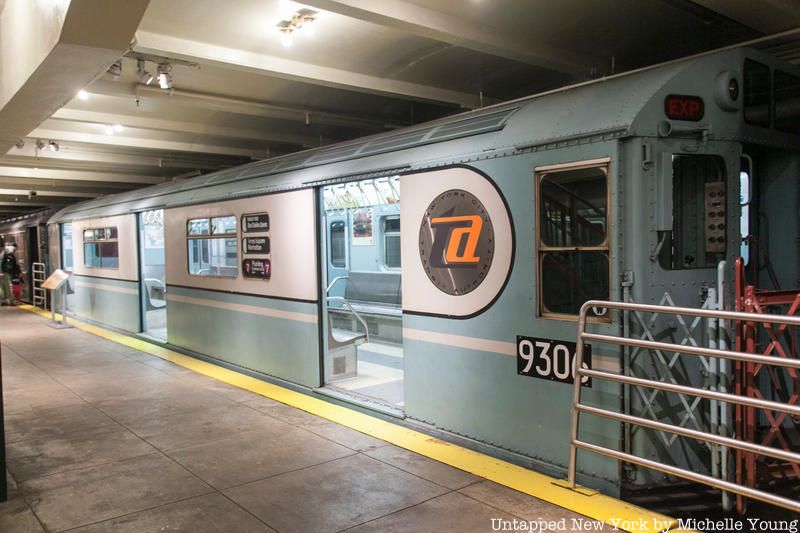
There is a line of the IND (Independent) subway that no longer exists, created specifically for the 1939 World’s Fair in Flushing Meadows-Corona Park. Near the Forest Hills-71st Street stop (along today’s M/R lines), the World’s Fair Line began at a flying junction (a rail crossing where tracks cross over ground level trucks via a bridge) and ran through Jamaica Yard. Two tracks that formerly went up to or through the yard storage area were extended, turning north along the east side of Flushing Meadows-Corona Park atop a pine wooden trestle built atop marshland and ending at a new station, the World’s Fair Terminal Station. The spur was a total of 2 miles, built at cost of $1.7 million.
The IRT and BMT lines also ran World’s Fair trains, but those special trains ran along existing routes. As the IND was the only line “the city then owned directly,” reported the New York Times, it seemed necessary at the time to build this extension and terminal.
Though there were some plans to make the line permanent following the closure of the fair, the idea was dropped due to a combination of expense, political pressure and other factors. Robert Moses wasn’t able to convince the city yet that Flushing held development promise. Demolition of the World’s Fair Line began on January 15th, 1941. Jamaica Yard returned to its original state, but the signals added for the spur still remain in use.
The 1964 World’s Fair also had its own subway line and cars. Discover what happened to them here.
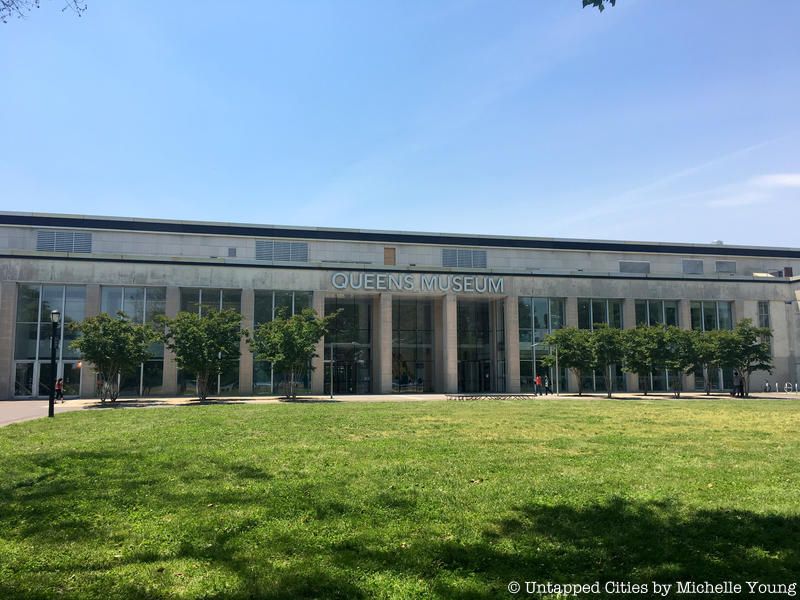
The New York City Building, now the home of the Queens Museum, was constructed for the 1939 World’s Fair in Flushing Meadows-Corona Park. After the fair, the building served as both a roller skating rink and an ice skating rink. Between 1946 and 1950, the New York City Building was the home of the United Nations General Assembly.
After the United Nations left Flushing, the building returned to its prior use as a skating rink. It would later be incorporated into the 1964 World’s Fair as well. Today, it is one of only two remaining buildings from the 1939 World’s Fair that is still standing in its original location.
In recent years, The Queens Museum underwent a $68 million expansion, including a glassy facade renovation which was unveiled in 2013.
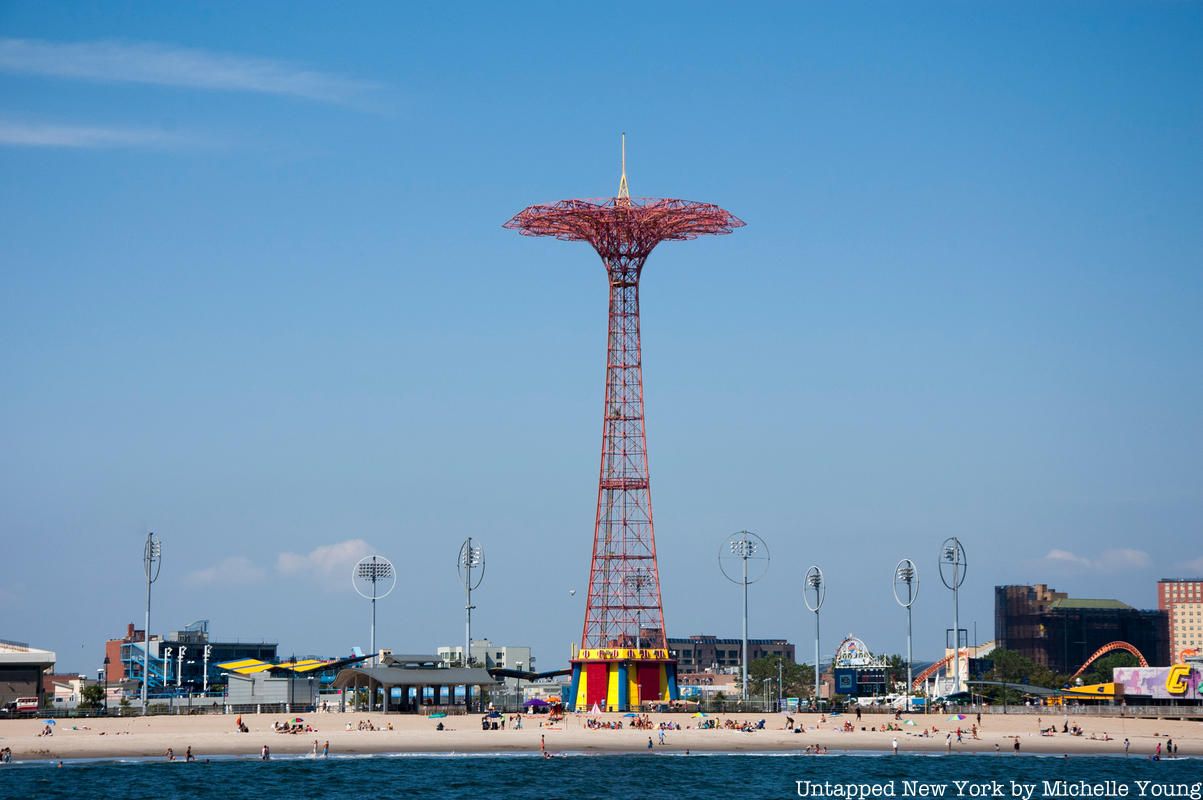
The Parachute Jump is commonly associated with Coney Island – and rightfully so. The landmarked structure has spent most of its life there. It was built originally, however, for the 1939 World’s Fair and was purchased by the Tilyou family that owned Steeplechase Park. The Parachute Jump has such staying power, it has outlived the original Steeplechase Park and the threat of demolition by Fred Trump, father of Donald Trump.
The renaissance of the Parachute Jump began in the 1980s, when it was designated a city and national landmarked. Rehabilitation of the structure began in the early 1990s, and a complete restoration was completed in the 2000s, under the purview of the NYC Economic Development Corporation (NYCEDC).
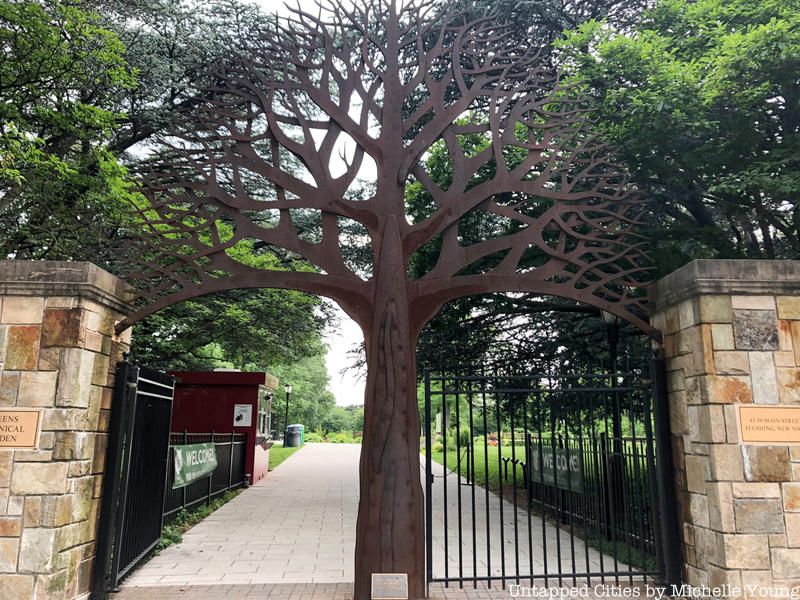
The Queens Botanical Garden was launched under the name Gardens on Parade at the 1939 World’s Fair, a 5-acre area in Flushing Meadows-Corona Park. In 1946, the location was expanded at the same site and relaunched as “The Queens Botanical Garden Society.” In preparation for construction of the 1964 World’s Fair, the garden relocated across the street to its current location east of College Point Boulevard. Some of the original trees were moved there as well, including two blue atlas cedars that frame the tree gate sculpture at the main entrance of the Botanical Garden today.
To learn more about the connection between the garden and the World’s Fair, check out the exhibit, Harvesting Our History: The Story of Queens Botanical Garden until September 28th
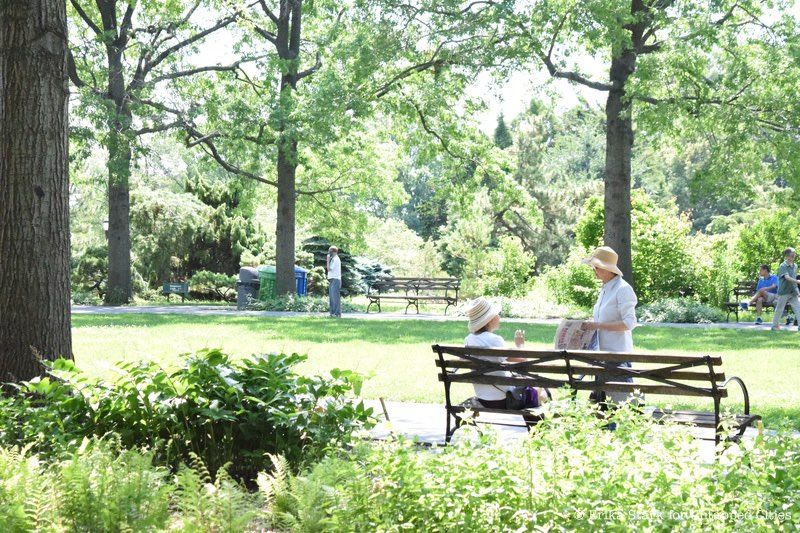
You can adopt a bench inside the Queens Botanical Garden and choose amongst replica styles from either the 1939 or 1964 World’s Fair. The Queens Botanical Garden works with Kenneth Lynch & Sons, the company that created the original 1939 World’s Fair Benches to produce the modern replicas that use newer, sustainable materials.
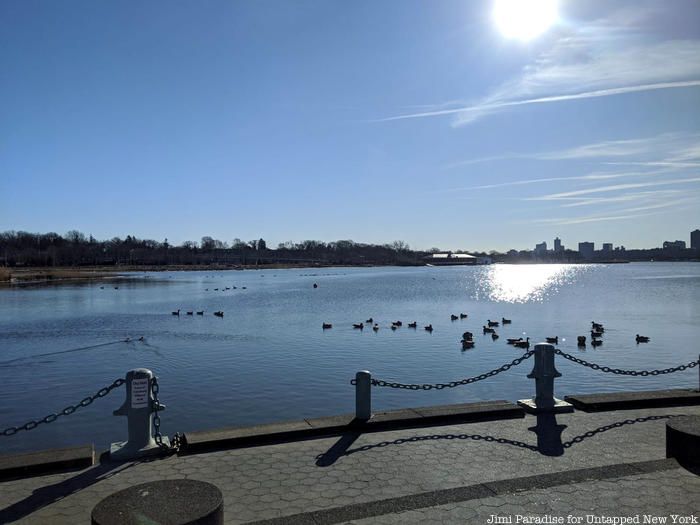
Manmade Meadow Lake and Willow Lake were created for the 1939 World’s Fair by diverting the Flushing River and leveling the Corona ash dump. Gates were added to control the tides and capture stormwater, according to the New York World. At 95 acres, Meadow Lake is the largest fishable freshwater body of water in New York City. You can find freshwater eels, shad, white perch, and many more species of fish within. In 2005, the New York Times reported that the lake also included the voracious snakehead fish, a creature the newspaper described as “nightmarish.” Meadow Lake was also part of the city’s plans for the 2012 Olympics bid.
The boathouse in Meadow Lake was originally the Florida pavilion of the 1939 World’s Fair. With the Queens Museum, it is one of only two buildings still standing in its original position from the fair. In 2012, it underwent a $6 million restoration and is used by organizations like Row New York, the Hong Kong Dragon Boat Festival, and The American Small Craft Association (TASCA)
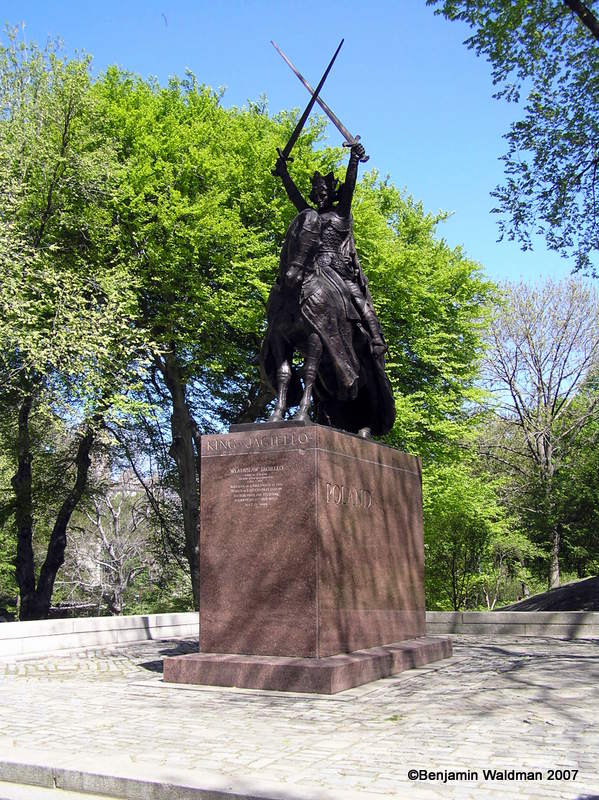
The statue of the 15th century King Jagiello once stood in front of the Polish pavilion at the 1939 World’s Fair. With the invasion Poland that same year, the statue could not be returned to its homeland. At 1945, after the end of World War II, the Polish government placed the statue in Central Park for posterity. It is located at 79th Street at Turtle Pond. The King Jagiello statue here in New York City is a replica of one that stood in Warsaw, which was was used as raw materials for bullets during World War II.
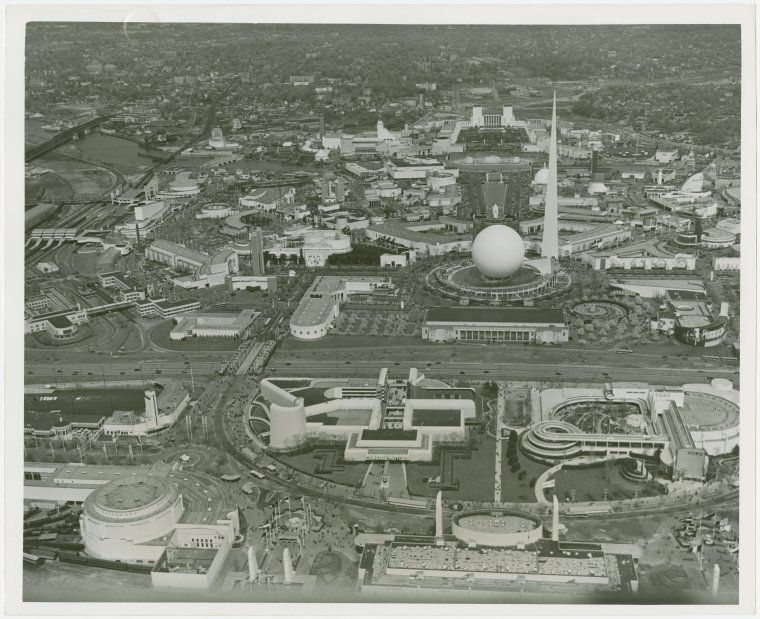
If you’re looking for information about the 1939 World’s, the New York Public Library archive is your answer. The extensive collection contains over 12,000 pictures, original records, memorabilia and more. The library itself states, “There are few events or transactions related to the realization of the Fair and its day-to-day operation not documented in some fashion in these records.” The collection was donated to the library in 1940, at the close of the event, by the New York World’s Fair 1939 Incorporated, the non-profit corporation that organized the fair. You have to request access to the collection in advance.
Explore the remnants of both World’s Fairs on our upcoming walking tour!
Next, read about the Top 10 Secrets of Flushing Meadows-Corona Park.
Subscribe to our newsletter